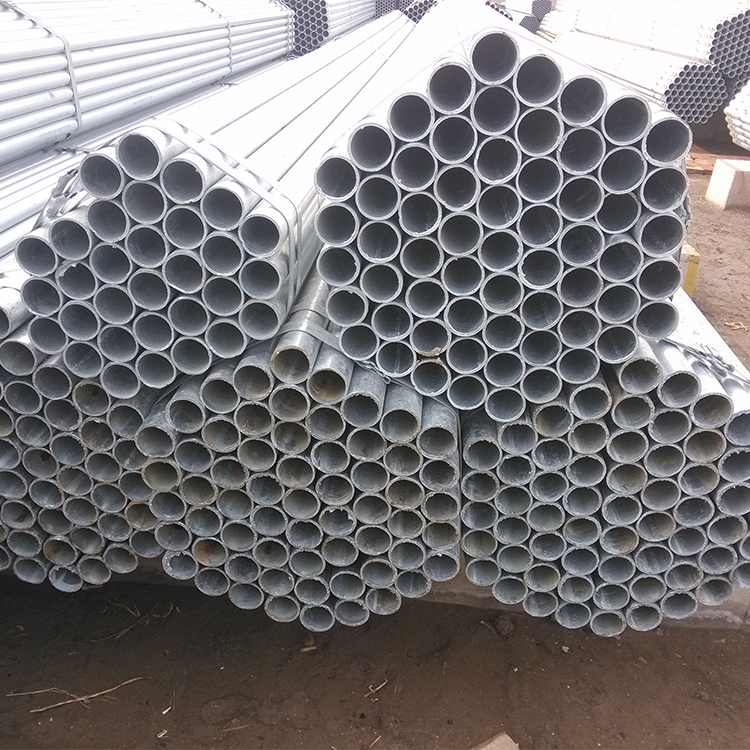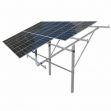Why to make a painting for welded steel pipe
Paint systems for steel structures have developed over years to comply with industrial environmental legislation and in response to demands from bridge and building owners for improved durability performance. Technically, paint is the most commonly used material to protect welded steel pipe in a mill.

As it is well acknowledged, coatings can provide two primary functions: decoration and protection that are of considerable economic importance. Functional coatings may be applied to change the surface properties of the substrate, such as adhesion, wetability, corrosion resistance, or wear resistance. In the steel pipe industry, paint coating mainly protect steel pipe from corrosion, as well as maintain a pretty appearance of steel pipe in use. Regarding cold rolled steel pipes, the protective paint systems usually consist of primer, undercoat(s) and finish coats. Each coating ‘layer’ in any protective system has a specific function, and the different types are applied in a particular sequence of primer followed by intermediate / build coats in the shop, and finally the finish or top coat either in the shop or on site. Today, much progress has been made in the practice of using coating technology to offer corrosion protection to offshore structures, inner-hull tanks in fuel tankers, ship hull, underwater pipes, etc. New methods have been developed to repair and protect concrete and some structural steel pipes in coastal and offshore waters, such as the all-polymer encapsulation technique to repair and protect structures in the splash zone. Long-term structural or mechanical requirements for a particular application can be assured through corrosion protection, through either coatings or a combination of cathodic protection and coatings.
In addition, “galvanized coating” is a typical method when hot dipped galvanized steel pipes are manufactured in a mill. For one thing, the galvanization process protects the steel from rusting damage that can occur during transportation, installation and service. The zinc layer on the surface of pipe can form a barrier protection for steel products to extend the service life in applications. For the other thing, this layer is also resistant to wear and scratch, which makes the steel look more attractive. In the course of transportation, steel pipe suppliers often coat the galvanized metal with oil to retard reaction of zinc with the atmosphere. When this oil coating wears off, the reaction of zinc with oxygen produces a fine whitish film that changes the color of the metal from gray to an even less appealing whitish-gray.
Tel: +86 18202256900 Email: steel@tjdpbd.com










